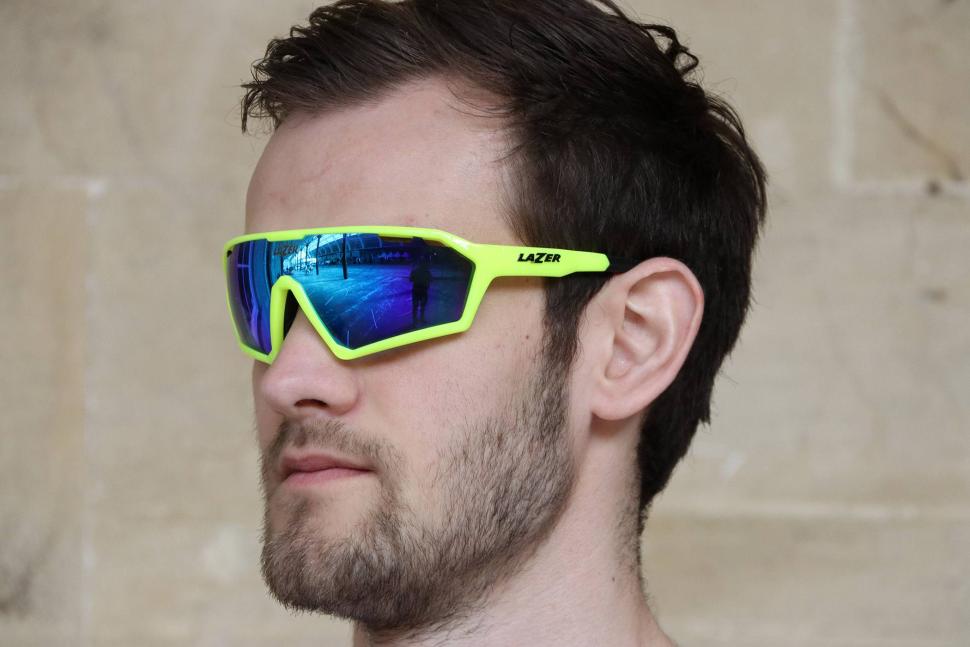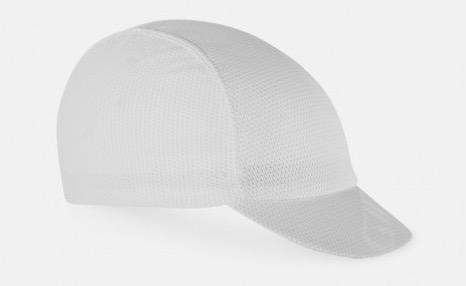Riding Riding Sun Protection, whether it’s cycling, motorcycling, or horseback riding, can expose you to the harsh and potentially damaging effects of the sun so you have to Pay Attention To Riding Sun Protection. In this comprehensive guide, we will discuss the importance of sun protection while riding and provide tips, tricks, and product recommendations to keep you safe and comfortable during your outdoor adventures.
Understanding the Effects of the Sun
Before diving into specific sun protection strategies, it’s important to understand why sun protection is necessary. The sun emits ultraviolet (UV) radiation, which can be harmful to our skin and eyes. Prolonged exposure to UV radiation can lead to sunburn, premature aging of the skin, and an increased risk of skin cancer.
There are two types of UV radiation that reach the Earth’s surface:
- UVA: These rays penetrate the skin more deeply and are responsible for premature aging, such as wrinkles and age spots. They can also contribute to skin cancer.
- UVB: These rays are the primary cause of sunburn and play a significant role in the development of skin cancer.
When you’re riding outdoors, you’re more exposed to these harmful rays, making sun protection a crucial aspect of your routine.
Choosing the Right Sunscreen
Sunscreen is an essential part of sun protection. Here are some tips for choosing and applying sunscreen for your outdoor rides:
- Broad Spectrum Protection: Choose a sunscreen that offers broad-spectrum protection to shield your skin from both UVA and UVB rays.
- SPF Rating: Select a sunscreen with an SPF (Sun Protection Factor) of at least 30. This will block 97% of the sun’s UVB rays. Higher SPF ratings offer slightly more protection, but no sunscreen can block 100% of UVB rays.
- Water Resistance: Opt for a water-resistant sunscreen, as sweat and water can reduce the effectiveness of your sunscreen. Reapply after swimming or sweating heavily.
- Application: Apply sunscreen generously and evenly to all exposed skin at least 15 minutes before heading outdoors. Don’t forget areas like your ears, neck, and the tops of your feet.
- Reapplication: Reapply sunscreen every two hours or immediately after sweating or swimming, even if the product is labeled as water-resistant.
Sun Protective Clothing
In addition to sunscreen, wearing sun-protective clothing is an effective way to shield your skin from harmful UV rays. Consider the following when choosing clothing for your outdoor rides:
- UPF Rating: Look for clothing with a UPF (Ultraviolet Protection Factor) rating. This indicates how much UV radiation the fabric blocks. A UPF rating of 30 or higher is ideal.
- Coverage: Choose clothing that covers as much skin as possible. Long-sleeve shirts, long pants, and high necklines provide better sun protection.
- Color: Darker colors and densely woven fabrics tend to offer better sun protection than lighter colors and loosely woven fabrics.
- Fit: Opt for loose-fitting clothing, as tight garments can stretch and reduce the UPF rating of the fabric.



Eyewear and Headgear for Sun Protection
Protecting your eyes and head from the sun is just as important as protecting your skin. Here are some tips for choosing the right eyewear and headgear:
- Sunglasses: Choose sunglasses that block 100% of UVA and UVB rays, as these can contribute to cataracts and other eye issues. Wraparound styles offer the best protection.

- Helmet: Always wear a helmet when cycling or motorcycling. Many helmets come with built-in visors or attachable brims to shield your face from the sun.

- Hats: For horseback riding or other outdoor activities where a helmet is not necessary, wear a wide-brimmed hat to protect your face, neck, and ears.

Staying Hydrated and Taking Breaks
Sun exposure can lead to dehydration, so it’s important to drink plenty of water before, during, and after your ride. Bring a water bottle or hydration pack with you to ensure you have access to water throughout your journey.
Additionally, try to take breaks in shaded areas to give your body a chance to cool down and recover from sun exposure.
Additional Tips for Riding Sun Protection
Here are some more tips to help you stay protected from the sun during your outdoor rides:
- Check the UV Index: Before heading out, check the UV Index for your area. This will give you an idea of the strength of the sun’s UV radiation. If the UV Index is high, take extra precautions to protect your skin and eyes.
- Ride During Cooler Hours: If possible, schedule your rides during the cooler hours of the day, such as early morning or late afternoon. This can help you avoid the sun’s peak intensity.
- Seek Shade: Whenever possible, choose shaded routes for your rides. Tree-lined paths or those with overhead coverings will provide some relief from the sun.
- Use Sun-Protective Accessories: Consider using sun-protective accessories like arm and leg sleeves, neck gaiters, and gloves for added protection.
- Be Mindful of Reflections: Keep in mind that UV radiation can reflect off surfaces like water, sand, and pavement, increasing your exposure. Take extra precautions when riding near reflective surfaces.
- Sun Protection for Children: If you’re riding with children, make sure they’re properly protected from the sun, too. Use sunscreen, protective clothing, and age-appropriate eyewear to keep them safe.
FAQs
Q1: Why is sun protection important while riding?
A1: Sun protection is important while riding because prolonged exposure to the sun’s harmful ultraviolet (UV) rays can lead to skin damage, sunburns, premature aging, and even an increased risk of skin cancer. By paying attention to sun protection, you can safeguard your skin and overall health while enjoying your ride.
Q2: What are the key elements of sun protection for riders?
A2: The key elements of sun protection for riders include wearing appropriate clothing, applying sunscreen, using protective gear, and seeking shade when possible. These measures work together to minimize the impact of UV radiation on your skin.
Q3: What type of clothing should I wear for sun protection while riding?
A3: When it comes to clothing, opt for lightweight, breathable fabrics that cover as much skin as possible. Long-sleeved shirts, full-length pants, and wide-brimmed hats or helmets with visors can provide excellent sun protection. Look for garments with UPF (Ultraviolet Protection Factor) ratings for added protection.
Q4: How should I choose sunscreen for riding?
A4: Select a broad-spectrum sunscreen with an SPF (Sun Protection Factor) of 30 or higher. Make sure it’s water-resistant and suitable for outdoor activities. Apply sunscreen generously on exposed skin, including your face, neck, arms, and legs, before heading out for a ride. Reapply every two hours or more frequently if sweating excessively.
Q5: Can I wear sunglasses while riding to protect my eyes from the sun?
A5: Absolutely! Wearing sunglasses with UV protection is highly recommended while riding. Look for sunglasses that block 100% of UVA and UVB rays to shield your eyes from potential damage caused by the sun.
Conclusion
Sun protection is crucial for anyone spending time outdoors, especially during activities like cycling, motorcycling, or horseback riding. By understanding the effects of the sun, choosing the right sunscreen and sun-protective clothing, wearing appropriate eyewear and headgear, staying hydrated, and following the additional tips outlined in this guide, you can enjoy your outdoor rides while minimizing your risk of sun-related health issues. So, gear up, stay protected, and embrace the joy of riding under the sun.













